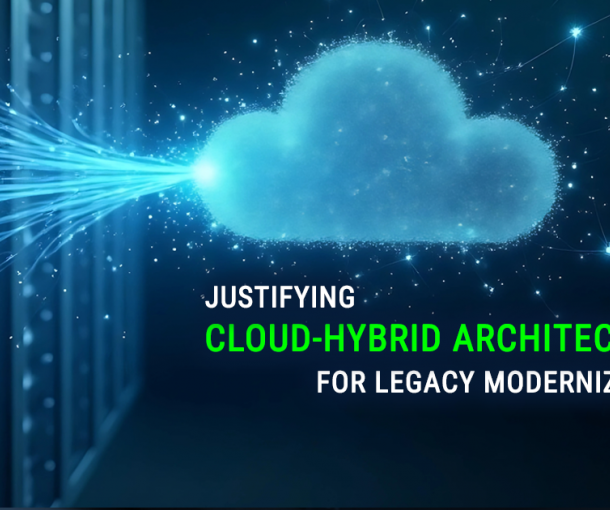
This is Your Legacy: Integrate new technology with your existing software
In the fast-paced world of tech, the appeal of replacing legacy software systems with sleek, modern alternatives can be compelling. Buzzwords like “digital transformation” and “cloud-native” are dominating boardroom conversations, and vendors are encouraging businesses to take an ‘out with the old and in with the new’ approach. However, this mindset often overlooks a critical truth: integrating new technology while maintaining and optimizing legacy systems can often be a more strategically sound choice and a fiscally responsible one, for many organizations.
Legacy Systems: The Stable Backbone of Business Operations
Legacy software is often the foundation upon which entire business operations are built. These systems have evolved over years—sometimes decades—to support specific workflows, business logic, and regulatory requirements unique to an organization. While they may lack the aesthetics or modularity of modern platforms, they are frequently stable, reliable, and deeply integrated with mission-critical functions.
Ripping out a foundational system doesn’t just involve buying a new replacement. It means re-architecting existing processes, retraining staff, migrating large volumes of data, planning for customer impact and inevitably, preparing for disruption. The hidden costs add up quickly and can far exceed the anticipated initial estimates of a new system. In large enterprises or heavily regulated industries like finance, healthcare, or government, the risk is often greater than the reward.
The Real Costs of Replacement
Implementing new software is not simply a line-item on the annual IT budget. Studies have shown that large-scale software replacement projects often run over budget and beyond schedule, and many fail to launch. Gartner estimates that 55% to 75% of ERP implementations either fail to meet their objectives or face major delays. With these critical software investments, time is money.
Beyond the financial hit, the risks of operational downtime, data integrity issues, and the steep learning curves for employees must be considered. Productivity losses during this transition often has serious business impacts—missed deadlines, customer dissatisfaction, compliance violations or even a decline in profits.
The Strategic Value of Maintenance
Strategically investing in the maintenance and modernization of legacy systems—such as code refactoring, database optimization, and introducing APIs for integration—can yield significant returns at a fraction of the cost of replacement. These proactive activities extend the shelf life of existing systems while enhancing performance, security, compliance and interoperability.
Furthermore, maintaining a legacy system doesn’t preclude innovation. Many organizations adopt a hybrid approach, layering modern solutions on top of core legacy platforms using middleware or microservices. This allows businesses to evolve without the mammoth and potentially risky disruption of a full system overhaul.
Fiscally Responsible Decision-Making
From a CFO’s perspective, maintaining legacy software aligns with prudent fiscal management. The total cost of ownership (TCO) is often far lower than that of a rip and replace, especially when factoring in long-term operational costs associated with large-scale project implementations. For organizations with tight budgets or narrow margins, this can be the difference between operational stability and financial strain.
Conclusion
Modernizing for modernization’s sake is a risky proposition. While legacy systems may lack the luster of their newer counterparts, they often deliver unmatched value in terms of stability, integration, and cost-effectiveness. Rather than rushing to replace them, organizations should consider strategic maintenance and incremental enhancements. It’s not just about preserving the past—it’s about building a fiscally responsible future.
Our Legacy Software Division has been helping our clients stabilize and extend the life of their legacy systems for the last 20 years. Book a 30-minute consultation to see how we can help.


